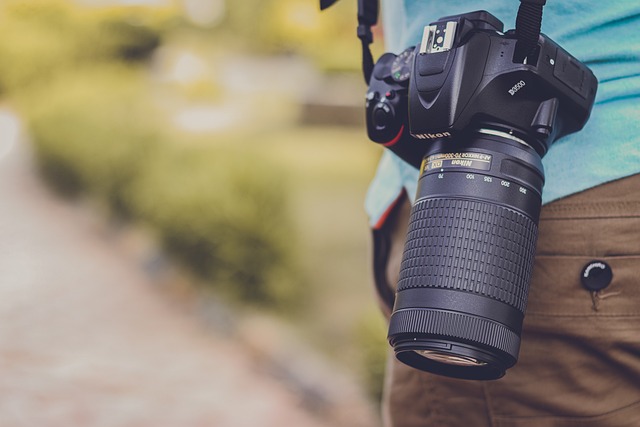Introduction
In the realm of computer vision and robotics, accurate perception of the environment is paramount. Traditional camera calibration methods have served their purpose well, but as technology advances, so does the and efficient techniques. Enter the Novel Central Camera Calibration Method, a poised to revolutionize how we perceive and interact with the world through visual data.
Table of contents Novel Central Camera
Understanding Camera Calibration
Before delving into the intricacies of the Novel Central Camera Calibration Method, it’s essential to grasp the significance of camera calibration itself. Cameras, whether they be mounted on smartphones, drones, or sophisticated robotics systems, have inherent distortions that affect the accuracy of captured images. These distortions can include radial distortion, tangential distortion, and more, which skew the image away from reality.
Camera calibration is the process of determining the intrinsic and extrinsic parameters of a camera, which effectively corrects for these distortions. Intrinsic parameters define the camera’s internal characteristics, such as focal length and lens distortion coefficients, while extrinsic parameters define its position and orientation in space concerning a global coordinate system.

Challenges with Traditional Methods
Traditional camera calibration methods often rely on calibration patterns, such as checkerboards or grids, placed in the field of view of the camera. These patterns provide known geometric structures, allowing for the precise calculation of camera parameters through techniques like direct linear transformation (DLT) or Zhang’s method.
While effective, these methods have limitations. They require careful manual placement of calibration patterns, which can be impractical in dynamic environments or with large-scale systems. Moreover, they may struggle with accuracy when dealing with wide-angle lenses or fisheye cameras, which introduce more complex distortions.
The Breakthrough: Novel Central Camera Calibration Method
The Novel Central Camera Calibration Method represents a paradigm shift in camera calibration approaches. Developed by a team of researchers at the forefront of computer vision and robotics, this method leverages the inherently exhibit symmetry in their distortions, particularly around the principal point.
At its core, the Novel Central Camera Calibration Method involves capturing images of a scene from different viewpoints. Unlike traditional methods this approach is pattern-free, making it adaptable to various scenarios and camera types.
The method begins by capturing a set of images from different viewpoints, ensuring sufficient coverage of the scene. These images are then analyzed to identify corresponding features across views, such as key points or edges.
Advantages and Implications
The Novel Central Camera Calibration Method offers several significant advantages over traditional approaches:

Pattern-Free Calibration:
Eliminating the need for calibration patterns streamlines the calibration process, making it more accessible and practical for real-world applications.
Adaptability:
Improved Accuracy:
By leveraging symmetry in distortions, the method can achieve higher calibration accuracy, even with challenging wide-angle or fisheye lenses.
Automation Potential:
The iterative nature of the calibration process lends itself well to automation, reducing the need for manual intervention and enhancing efficiency.
The implications of this novel method extend far beyond camera calibration itself. Accurate calibration is fundamental to various computer vision tasks, including object detection, tracking, and 3D reconstruction. By enhancing the reliability of visual data, the Novel Central Camera Calibration Method paves the such as autonomous navigation, augmented reality, and industrial automation.
Conclusion
In the ever-evolving landscape of computer vision and robotics, the importance of precise and efficient camera calibration cannot be overstated. The Novel Central Camera Calibration Method represents a significant milestone in to camera calibration.
As researchers and engineers continue to push the boundaries of what’s possible with visual perception, innovations like this capabilities and applications. With its potential to revolutionize how we perceive and interact with the world, the Novel Central Camera Calibration Method stands as a in advancing technology for the benefit of society.
